Home>Furniture>Outdoor Furniture>How Big Should A Patio Rug Be
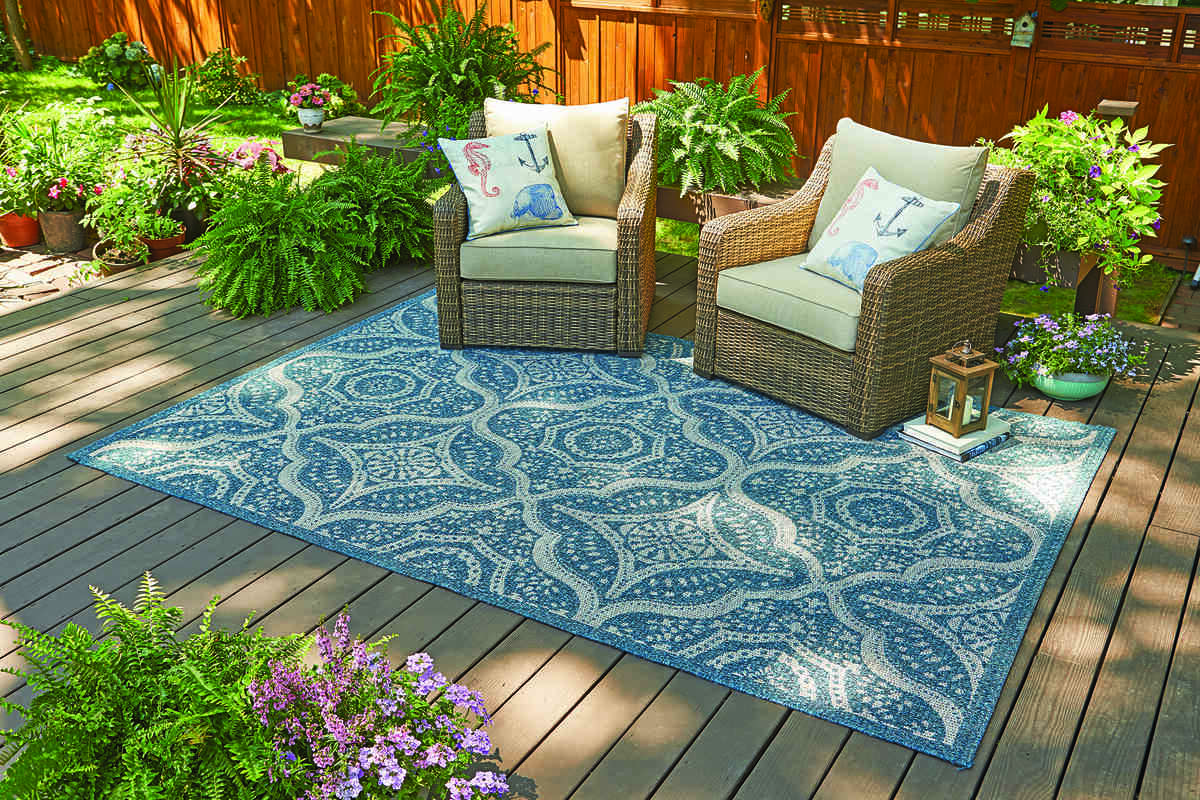

Outdoor Furniture
How Big Should A Patio Rug Be
Modified: March 7, 2024
Looking for the perfect outdoor furniture for your patio? Discover the ideal size for a patio rug to complement your outdoor space.
(Many of the links in this article redirect to a specific reviewed product. Your purchase of these products through affiliate links helps to generate commission for Storables.com, at no extra cost. Learn more)
Introduction
Choosing the right patio rug size is crucial in creating a comfortable and visually appealing outdoor space. A well-chosen rug can tie together your patio furniture and add an extra layer of style and comfort to your outdoor living area. But with so many options available, it can be overwhelming to determine how big your patio rug should be.
Fortunately, there are several factors to consider when deciding on the size of your patio rug. From the dimensions of your patio space to the placement of your furniture, taking these factors into account will help you make an informed decision.
In this article, we will explore the key factors to consider when choosing the size of your patio rug. We’ll also discuss the different shapes of patio rugs and provide some measurement guidelines for common patio setups. By the end, you’ll have the knowledge and confidence to select the perfect patio rug size that will elevate your outdoor living space.
Key Takeaways:
- Choose a patio rug size based on your patio dimensions, furniture placement, and personal style to create a balanced and inviting outdoor space.
- Measure your patio space and furniture accurately to select a rug that fits well and enhances the visual appeal and functionality of your outdoor living area.
Read more: How Big Should Patio Be
Factors to Consider
When determining the size of your patio rug, there are a few important factors to consider:
- Patio Size: The first factor to consider is the size of your patio. Measure the dimensions of your outdoor space to get an idea of how much area you need to cover with a rug. A larger patio will generally require a larger rug, while a smaller patio may only need a smaller rug to create a focal point.
- Furniture Placement: The placement of your patio furniture is another crucial factor. Decide where your furniture will be positioned and consider how you want the rug to interact with it. If you have a dining set, for example, you’ll want a rug large enough to accommodate the table and chairs comfortably.
- Outdoor Activities: Think about the activities you plan to do on your patio. If you enjoy practicing yoga or exercising outdoors, you may want a rug that allows enough space for these activities. On the other hand, if you mainly use your patio for lounging and socializing, a smaller rug may suffice.
- Visual Balance: Achieving visual balance is essential in creating an aesthetically pleasing outdoor space. Consider the size of your patio furniture in relation to the rug. A rug that is too small can make the furniture appear overwhelming, while a rug that is too large can dwarf the furniture. Finding the right balance is key.
- Personal Preference: Ultimately, your personal preference should play a significant role in choosing the size of your patio rug. Think about the atmosphere you want to create and consider your own sense of style. If you prefer a more open and spacious look, a smaller rug may be suitable. If you enjoy a cozier and more intimate feel, a larger rug may be the way to go.
By taking these factors into account, you can determine the ideal size of your patio rug that will complement your outdoor space and meet your needs.
Size Considerations
When it comes to patio rugs, size is a crucial consideration. Here are some important factors to keep in mind:
- Proportional Fit: Your patio rug should fit the proportions of your outdoor space. If you have a smaller patio, a rug that covers the entire area may create a cramped and suffocating feel. On the other hand, a rug that is too small for a large patio may look lost and insignificant. Aim for a rug size that maintains a balanced and proportional fit with your patio.
- Clearance Area: It’s essential to leave some clearance around the edges of your patio rug. This prevents the rug from feeling cluttered or visually overwhelming. As a general guideline, leave at least 12-24 inches of space between the edge of the rug and any surrounding walls or furniture.
- Walkway Clearance: If you have a pathway or walkway on your patio, ensure that the rug size allows for easy maneuverability. You don’t want your rug to obstruct the flow of foot traffic or create tripping hazards. Leave enough space on either side of the rug to ensure a clear and unobstructed walkway.
- Functionality: Consider the intended functionality of your patio rug. If you plan to place furniture on the rug, ensure that it is large enough to accommodate the furniture comfortably. You may also want to consider if you want the rug to extend beyond the furniture or if you want it to just frame the seating area.
- Weather Considerations: Take into account the weather conditions in your area. If you experience heavy rain or strong winds, you may want to select a rug size that can be easily rolled up or moved indoors. Additionally, consider the durability and materials of the rug to ensure it can withstand outdoor conditions.
By considering these size factors, you can select a patio rug that not only fits your aesthetic preferences but also meets the functional and practical requirements of your outdoor space.
Patio Rug Shapes
When choosing a patio rug, it’s not only the size that matters but also the shape. The shape of the rug can significantly impact the overall look and functionality of your outdoor space. Here are some common patio rug shapes to consider:
- Rectangular: Rectangular rugs are the most popular choice for patio spaces. They are versatile and can easily accommodate different furniture arrangements. Rectangular rugs work well for dining areas, as they can provide ample space for a dining table and chairs.
- Square: Square rugs can create a balanced and symmetrical look in your patio area. They work well for smaller spaces or when you want to create a cohesive seating arrangement. Square rugs are also ideal for placing underneath a square or round dining table.
- Round: Round rugs can add a touch of elegance and softness to your patio space. They work well for seating areas, providing a cozy and intimate setting. Round rugs can also help soften the sharp corners of a rectangular patio, creating a more organic flow.
- Runner: Runner rugs are long and narrow, making them ideal for pathways or narrow patio spaces. They are a great choice to define and guide foot traffic, leading guests to different areas of your patio. Runner rugs can add visual interest and create a more dynamic outdoor space.
- Custom Shapes: If you have a uniquely shaped patio or want to create a specific design element, you can opt for custom-shaped rugs. This allows for more creativity and customization, giving your outdoor space a truly unique and personalized touch.
Consider the shape of your patio, the arrangement of your furniture, and the overall aesthetic you want to achieve when selecting the shape of your patio rug. Experimenting with different shapes can help you find the perfect fit for your outdoor space.
When choosing a patio rug, make sure it’s large enough to fit all your outdoor furniture on top of it. A good rule of thumb is to have at least 2 feet of rug extending beyond the edges of your furniture. This will help define the space and make it feel more cohesive.
Furniture Placement
When choosing the size of your patio rug, it’s essential to consider the placement of your furniture. The rug should not only enhance the visual appeal of your outdoor space but also functionally complement your furniture arrangements. Here are some considerations for furniture placement:
- Dining Sets: If you have a patio dining set, such as a table and chairs, ensure that the rug is large enough to accommodate both the table and chairs when they are fully pulled out. This allows for easy movement and comfortable seating.
- Seating Areas: For seating areas with sofas, lounge chairs, or loveseats, consider placing the front legs of the furniture on the rug. This creates a cohesive and anchored look. Alternatively, you can choose a larger rug that accommodates all the furniture, with all legs positioned on the rug.
- Conversation Areas: If you have a designated conversation area with chairs placed in a circle or semi-circle, choose a rug that is large enough to encompass the entire seating arrangement. This helps create a unified and inviting space for conversation and socializing.
- Outdoor Kitchen or Bar Area: If you have an outdoor kitchen or bar area on your patio, you may want to consider placing a smaller rug in that specific area. This can help define the space and provide a designated area for cooking or serving drinks.
- Modular or Sectional Seating: If you have modular or sectional seating, you can choose multiple rugs to define different sections of the patio. This helps create a visual separation while still maintaining cohesiveness within the overall design.
By considering the furniture placement and how you want your patio space to function, you can select a rug size that enhances both the aesthetic and practical aspects of your outdoor living area. Remember to leave some space around the furniture for a well-balanced and visually appealing look.
Read more: How Big Should Outdoor Rug Be
How to Measure
Measuring your patio space accurately is crucial when determining the size of your patio rug. Follow these steps to ensure that you get the proper measurements:
- Patio Area: Begin by measuring the overall area of your patio. Use a tape measure to measure the length and width of the outdoor space. Make sure to measure any irregularities or alcoves that need to be taken into account.
- Furniture Placement: Decide on the placement of your patio furniture. If you have a dining set, measure the length and width of the table, including the chairs when they are fully pulled out. For seating areas, measure the length and width of the seating arrangement that you want to place on the rug.
- Clearance: Determine how much clearance you want around the edges of the rug. As mentioned earlier, leaving 12-24 inches of space between the edge of the rug and the surrounding walls or furniture is generally recommended for a visually pleasing look.
- Pathways: If you have pathways or walkways on your patio, measure their width to ensure that the rug size allows for easy movement and does not obstruct the flow of foot traffic.
- Visual Aesthetics: Consider the overall visual aesthetics and personal preferences for your patio. Decide on the amount of patio floor you want to be covered by the rug and how you want the rug to interact with the surrounding space.
Once you have gathered all the measurements and considerations, you can compare them to available rug sizes to determine the best fit for your patio. Remember to take into account both the functional and visual aspects of the rug to create a harmonious and inviting outdoor environment.
Recommended Sizes for Various Patio Setups
While the ideal patio rug size will depend on your specific patio dimensions and furniture arrangements, here are some general recommendations for common patio setups:
- Dining Sets: For patio dining sets, choose a rug that is at least 2 feet larger than the dimensions of the table. This allows for ample space for chairs to be pulled out without falling off the rug. For example, if you have a rectangular dining table that measures 6 feet by 4 feet, a recommended rug size would be 8 feet by 6 feet.
- Seating Areas: If you have a seating area with a sofa and a couple of chairs, consider placing the front legs of the furniture on the rug. A rule of thumb is to choose a rug that is large enough to fit all the seating furniture with at least the front legs on the rug. This creates a cohesive look and anchors the seating area. For example, a seating arrangement with a sofa measuring 7 feet by 3 feet and two chairs measuring 3 feet by 2 feet each would require a rug size of at least 9 feet by 7 feet.
- Conversation Areas: For conversation areas with a grouping of chairs placed in a circle or semi-circle, choose a rug that is large enough to encompass the entire seating arrangement. This creates a visually unified space for conversation and interaction. For example, a conversation area with four chairs spaced in a semi-circle may require a rug with a diameter of 8 feet.
- Modular or Sectional Seating: If you have modular or sectional seating, you can consider using multiple rugs to define different sections of the patio. Measure each section individually and choose rug sizes accordingly to create a cohesive look while maintaining separation.
Remember to adjust these recommended sizes based on your specific patio dimensions and personal preferences. It’s best to measure your patio space and furniture accurately to ensure that the rug fits well and enhances the overall aesthetics of your outdoor living area.
Final Thoughts
Choosing the right size patio rug is an important decision that can greatly enhance the visual appeal and functionality of your outdoor space. By considering factors such as patio size, furniture placement, and personal preferences, you can select a rug that complements your patio design and meets your needs. Remember the following points as you make your final decision:
- Measure accurately: Take precise measurements of your patio space and furniture to ensure you select a rug that fits well.
- Consider furniture placement: Determine how you want the rug to interact with your patio furniture. Whether it’s accommodating a dining set or creating a cozy seating area, ensure the rug size meets the requirements.
- Balance aesthetics and functionality: Aim for a proportional fit, leaving clearance around the edges and considering the flow of foot traffic. The rug should not only enhance the visual appeal but also serve its functional purpose.
- Choose the right shape: Consider the shape options available, such as rectangular, square, round, or runner rugs. Each shape has its own benefits and can contribute to the overall design of your outdoor space.
- Personalize your space: Ultimately, the size of your patio rug should align with your personal preferences and the atmosphere you want to create. Experiment with different sizes and shapes to find the perfect fit for your patio oasis.
Remember that these recommendations provide a starting point, but it’s important to customize them according to your specific patio dimensions and desired aesthetic. By carefully considering all the factors and taking proper measurements, you can confidently select a patio rug size that will elevate your outdoor living area and create a cozy and inviting atmosphere for years to come.
Frequently Asked Questions about How Big Should A Patio Rug Be
Was this page helpful?
At Storables.com, we guarantee accurate and reliable information. Our content, validated by Expert Board Contributors, is crafted following stringent Editorial Policies. We're committed to providing you with well-researched, expert-backed insights for all your informational needs.
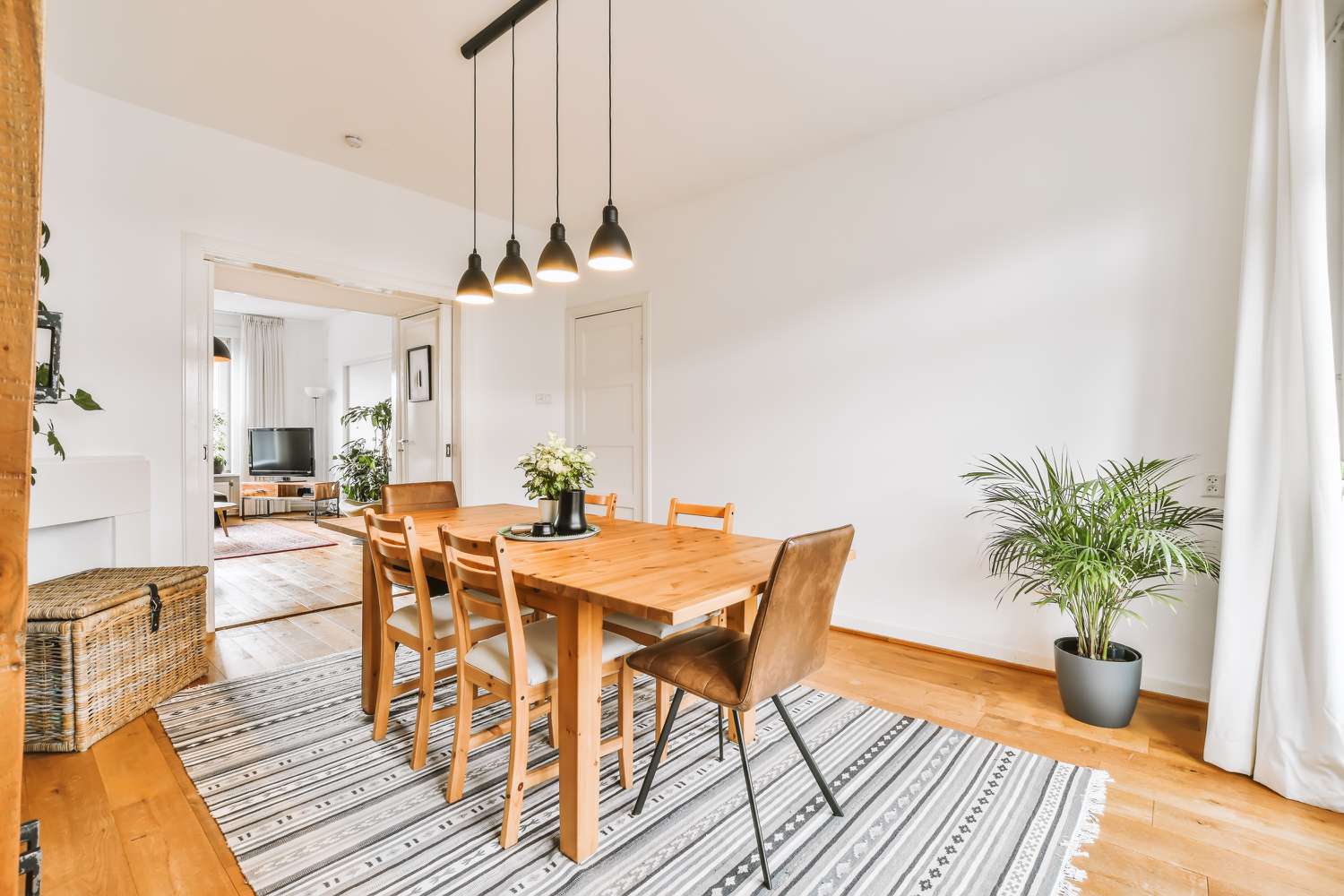
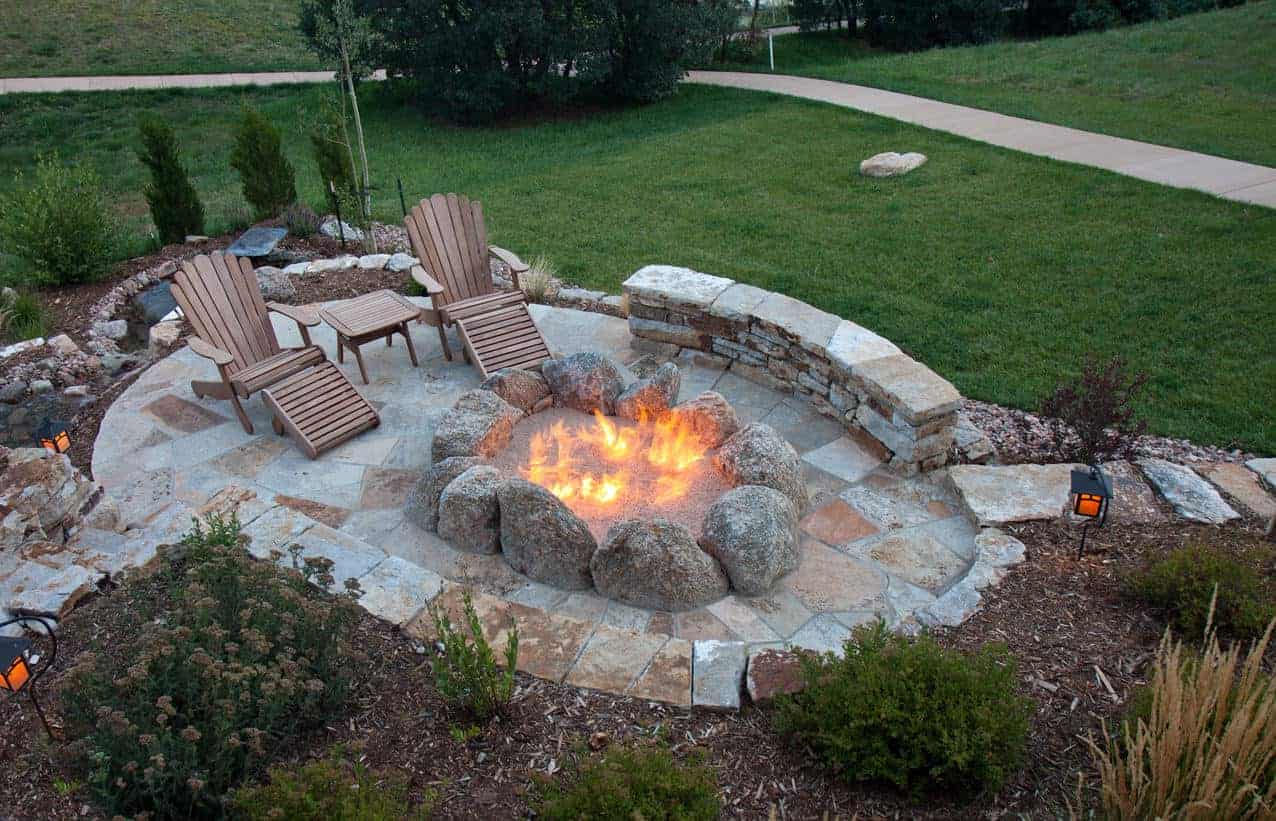
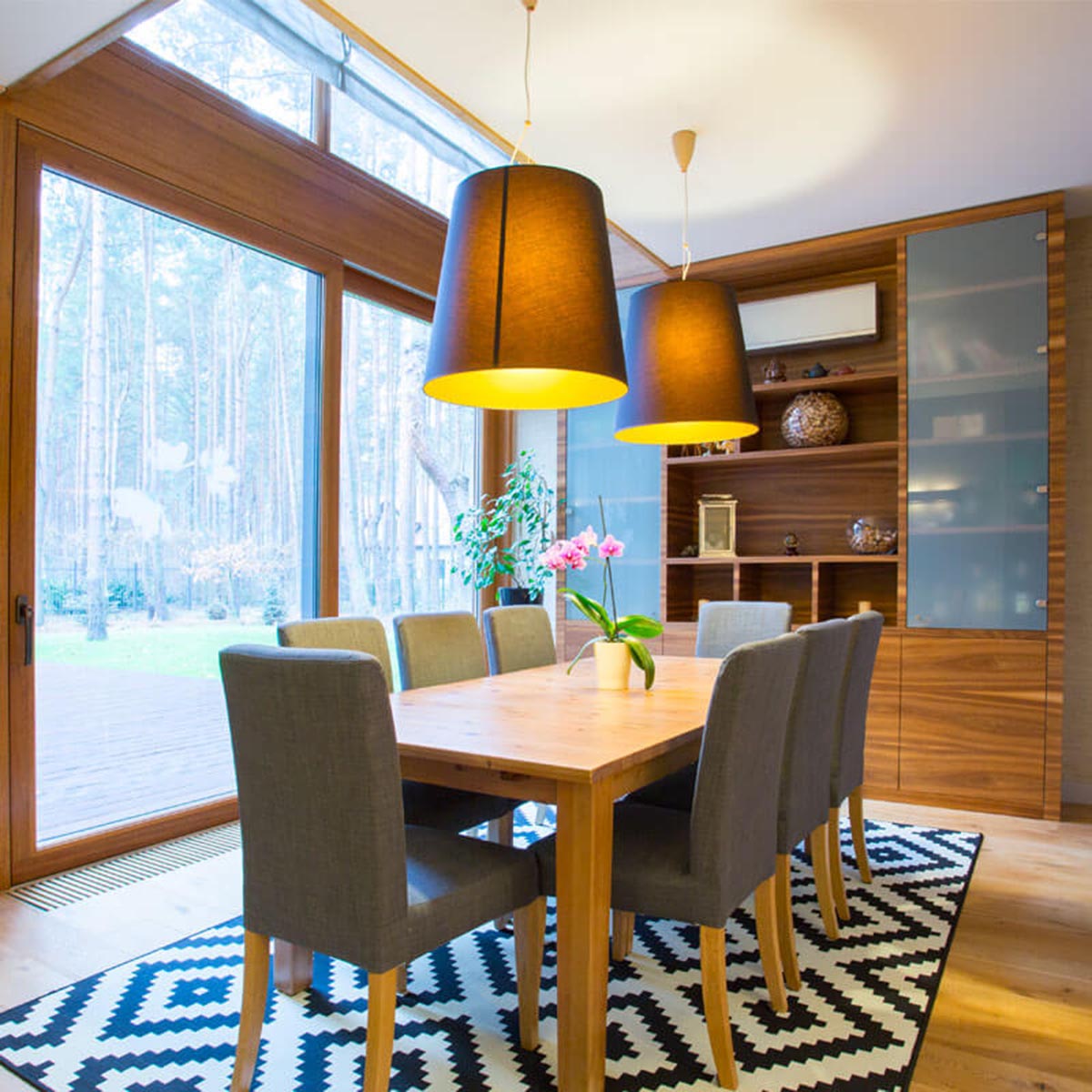
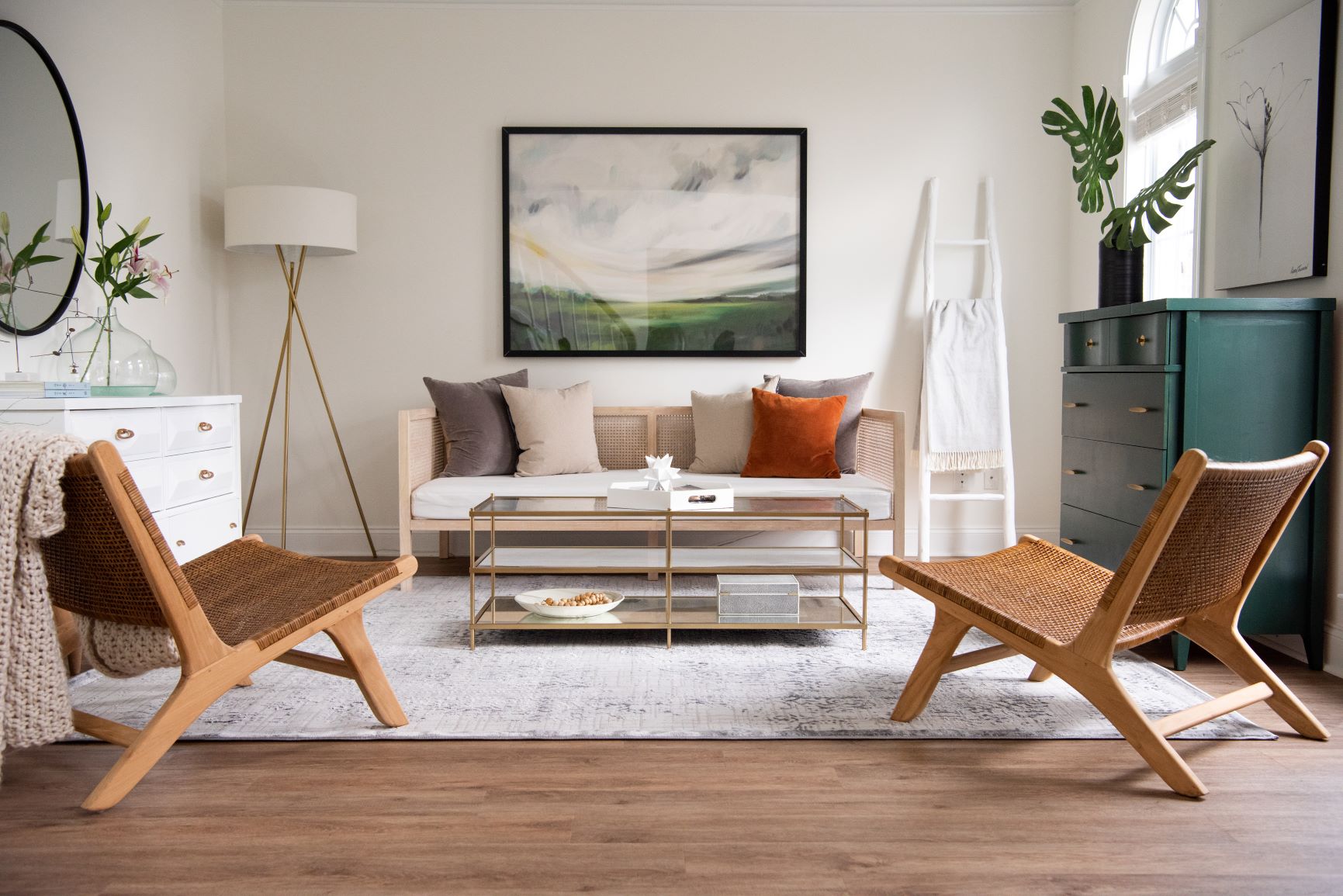
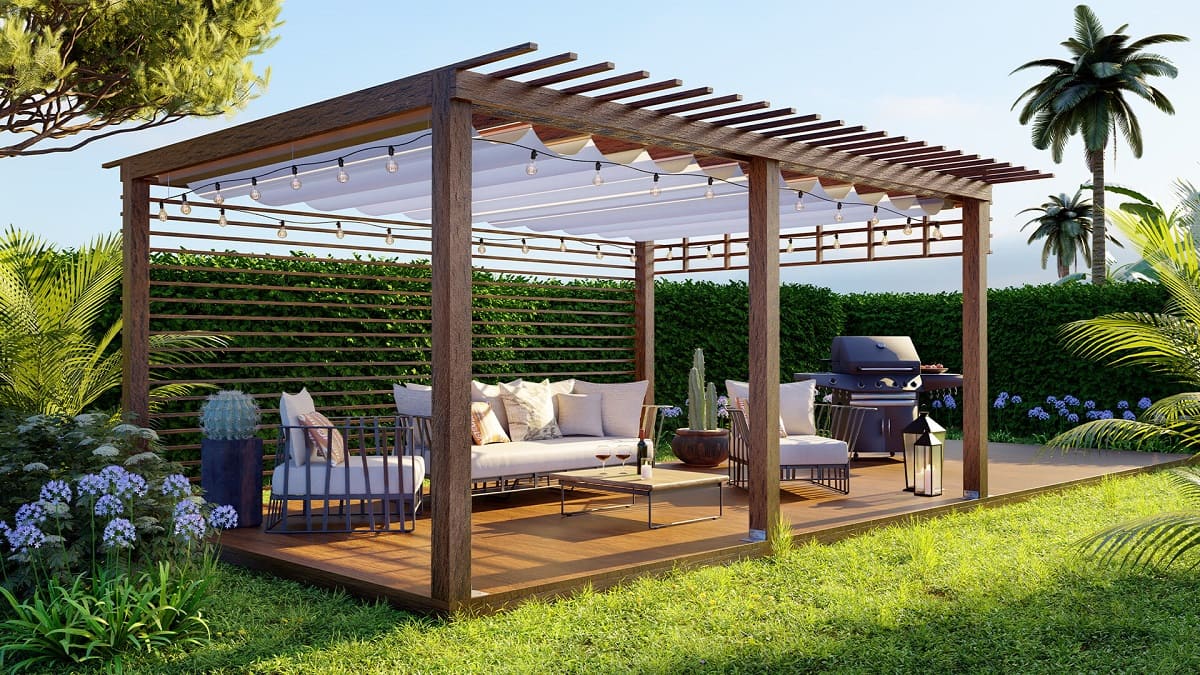
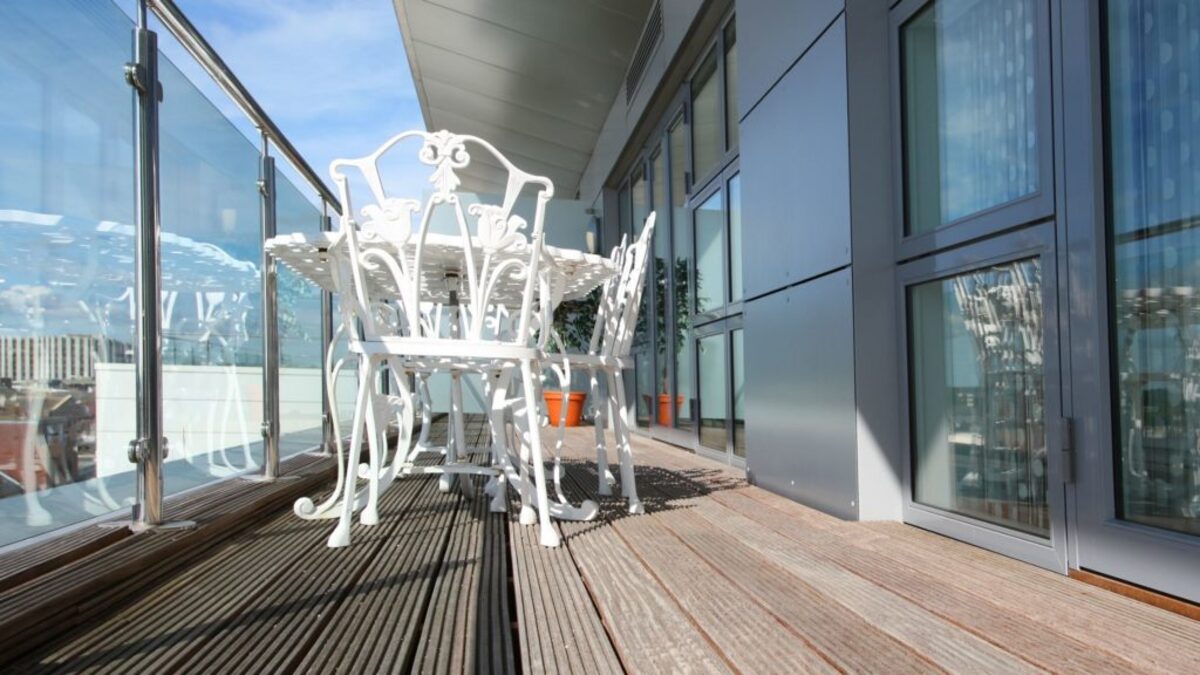
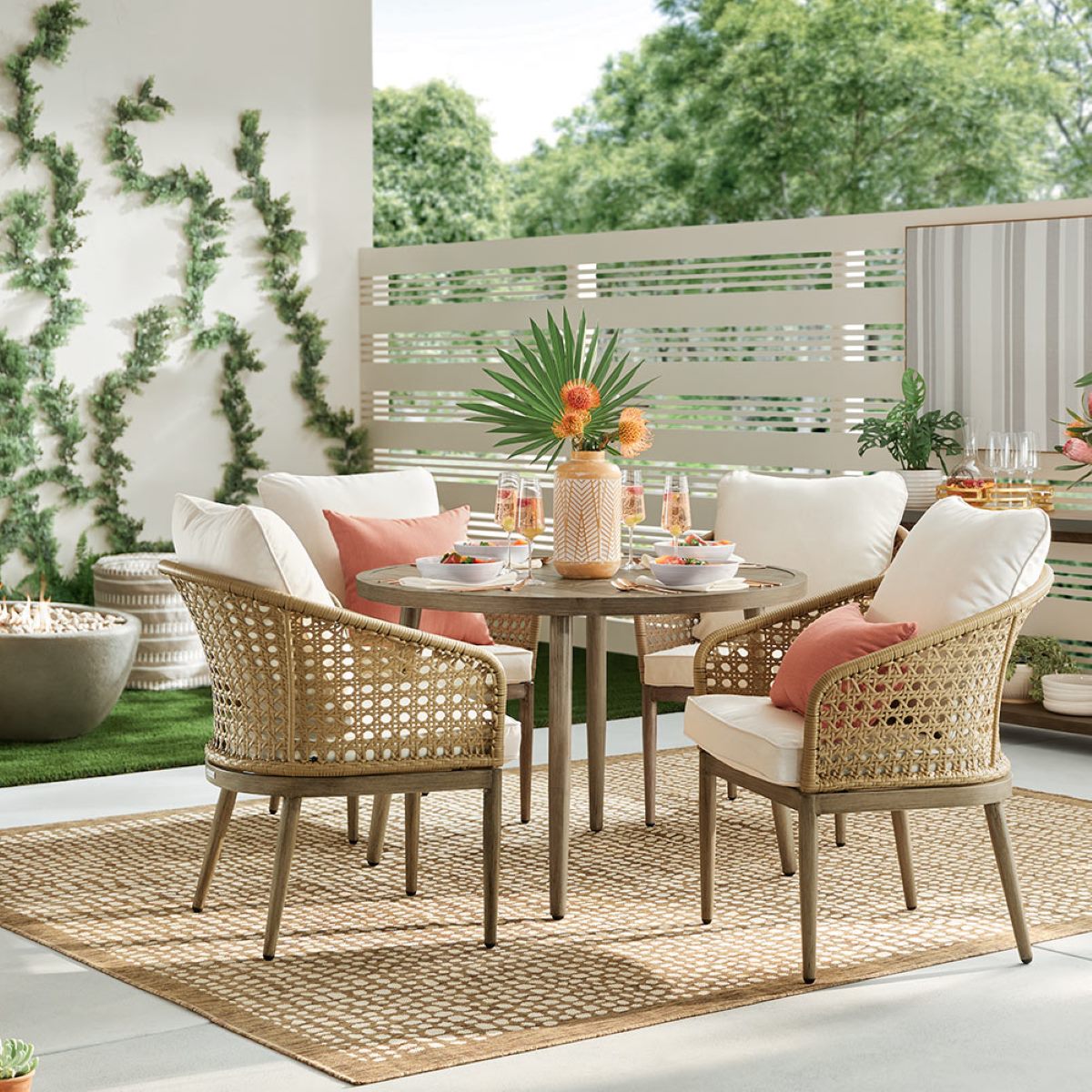
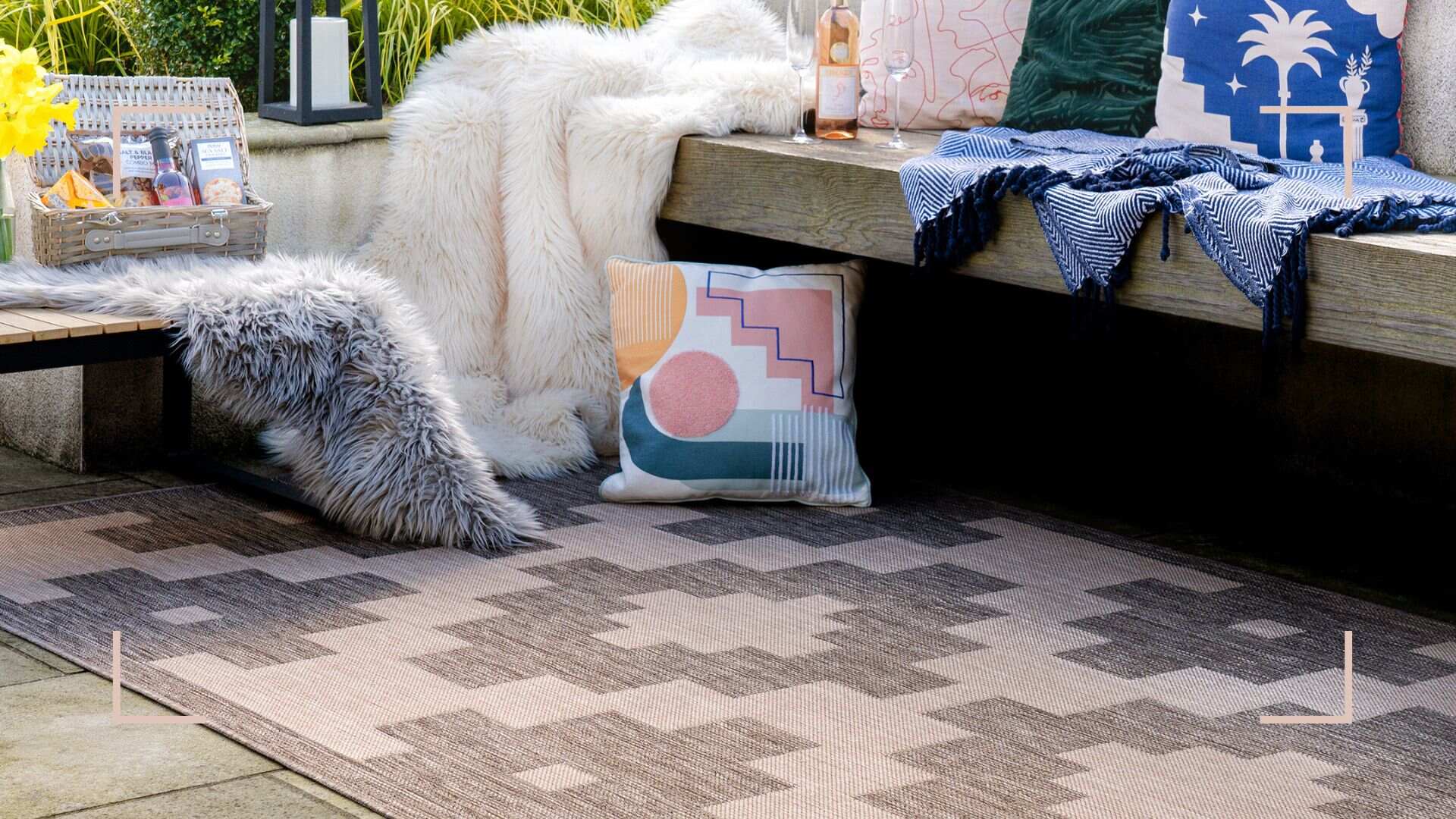
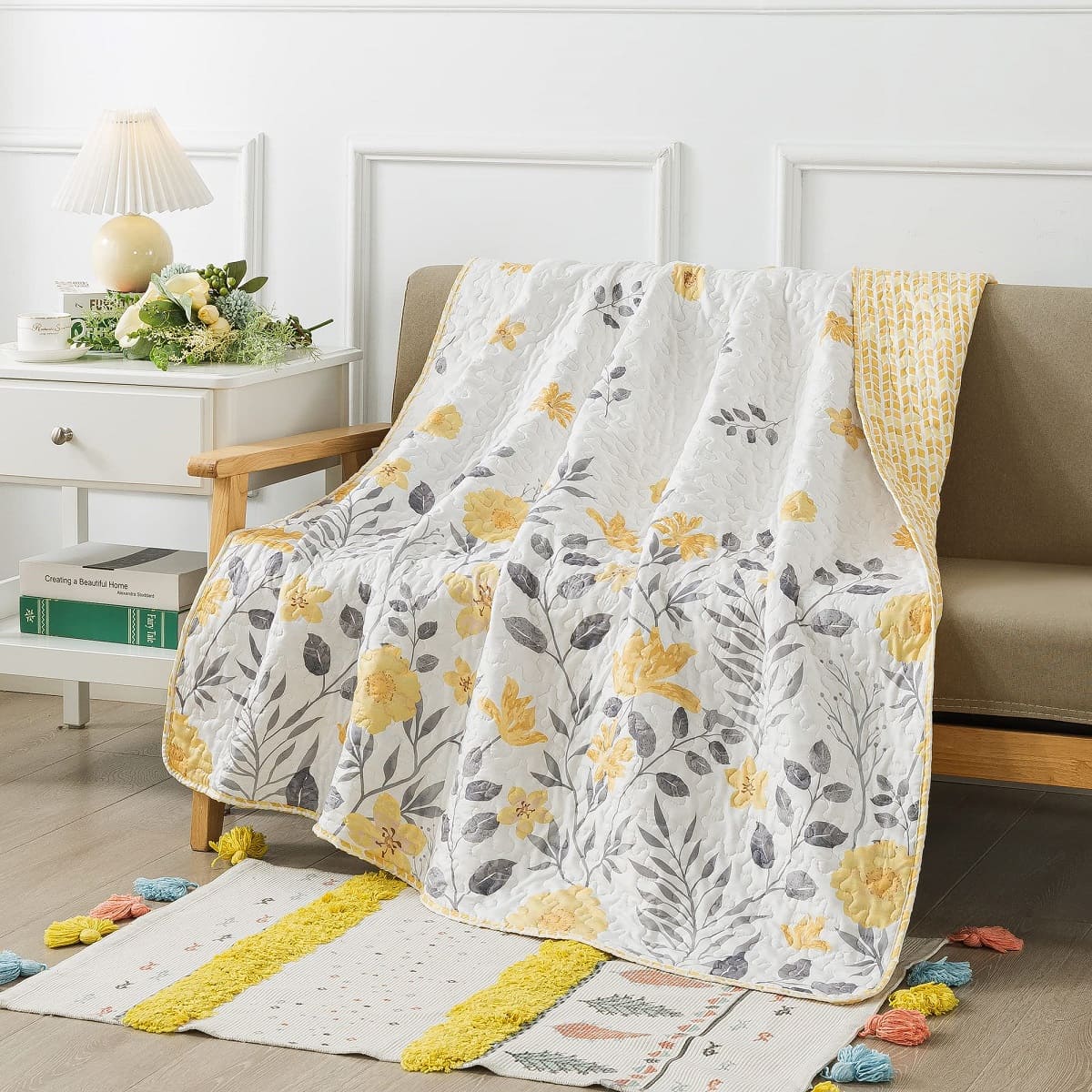

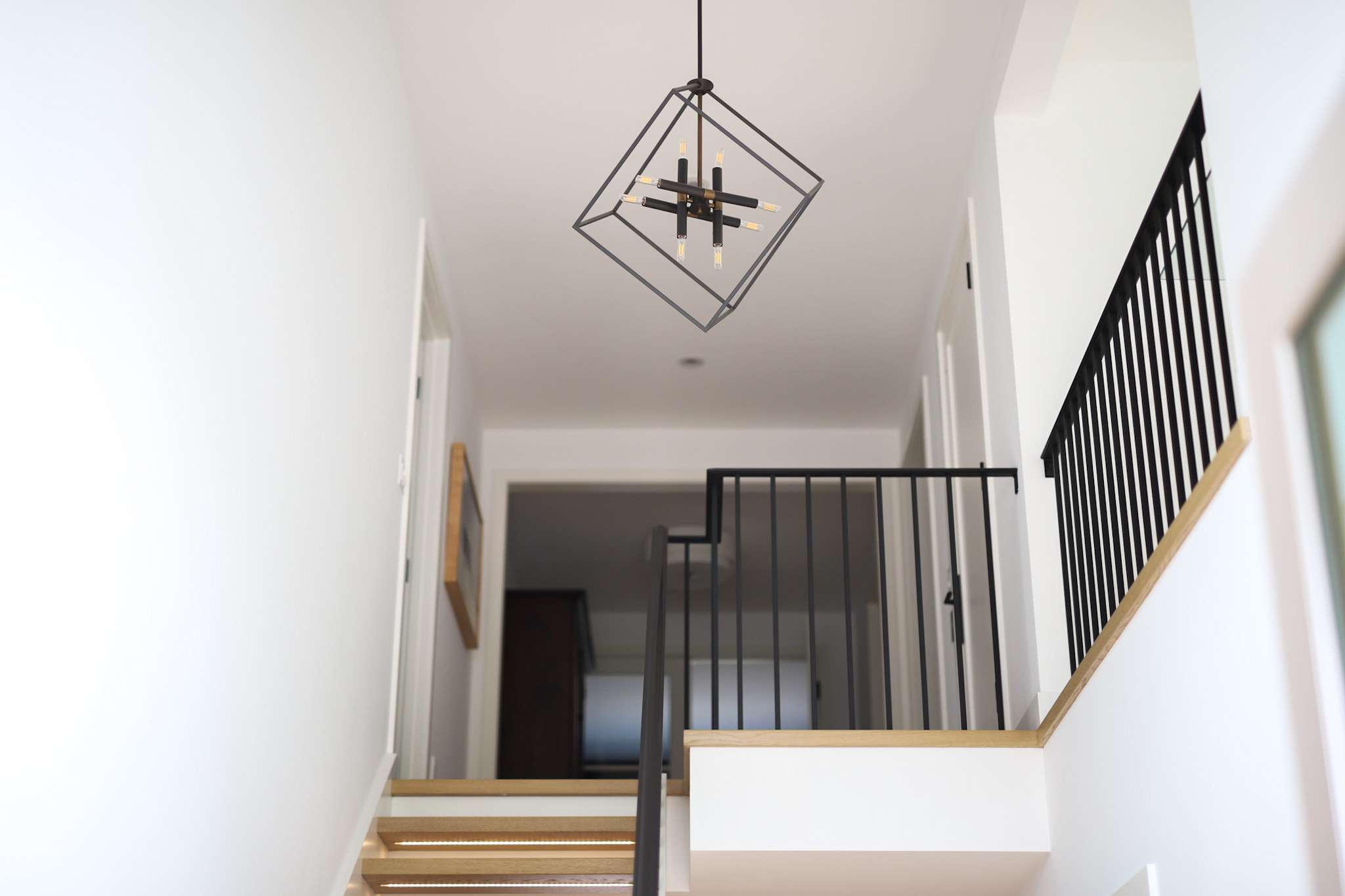
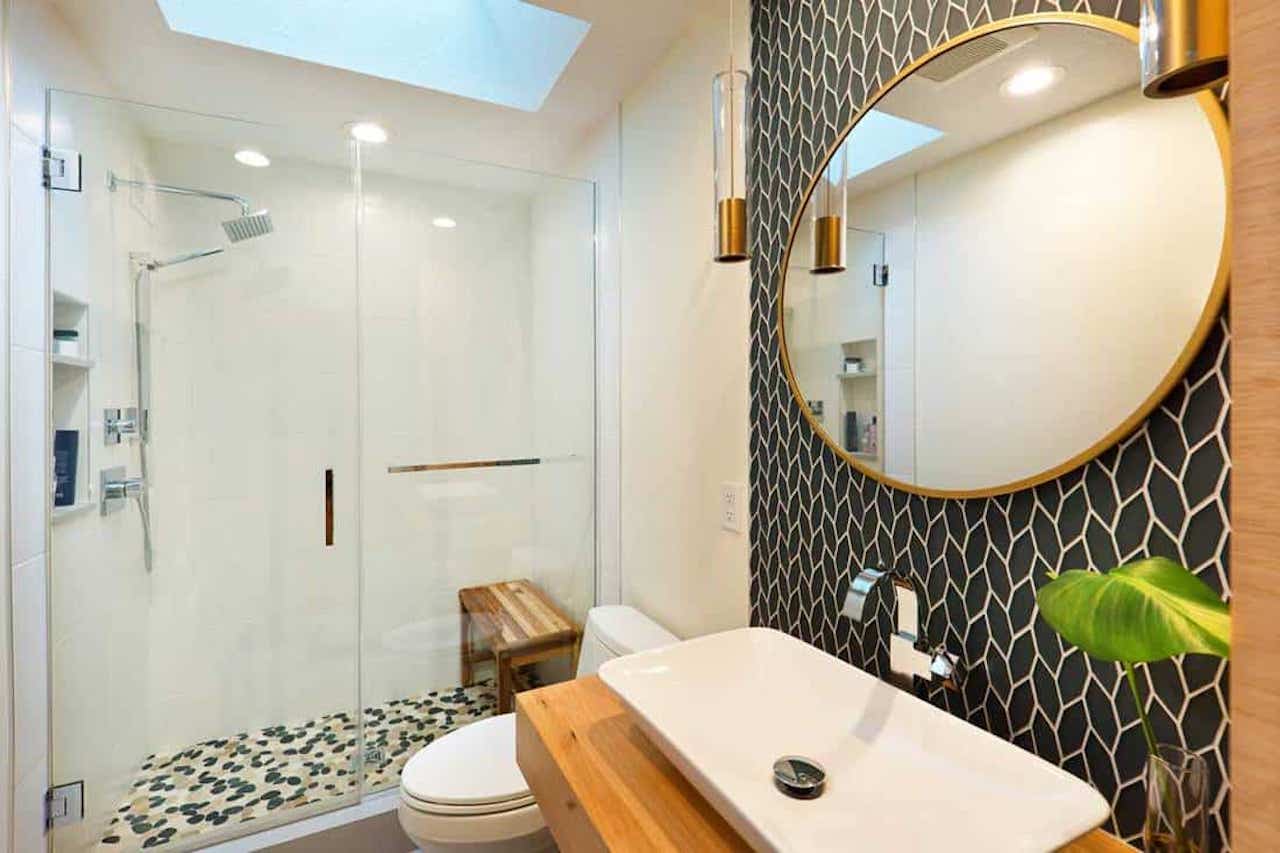
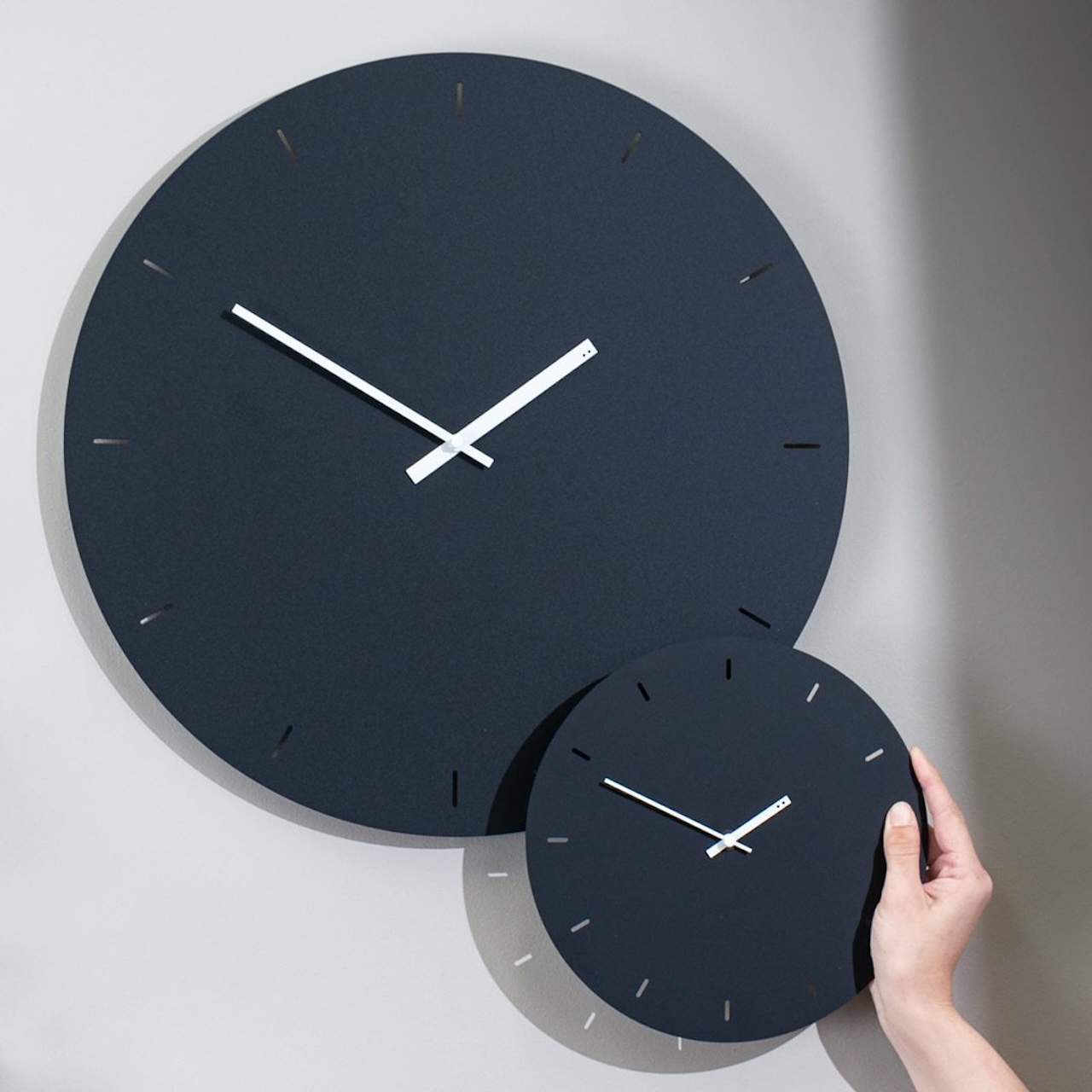


0 thoughts on “How Big Should A Patio Rug Be”